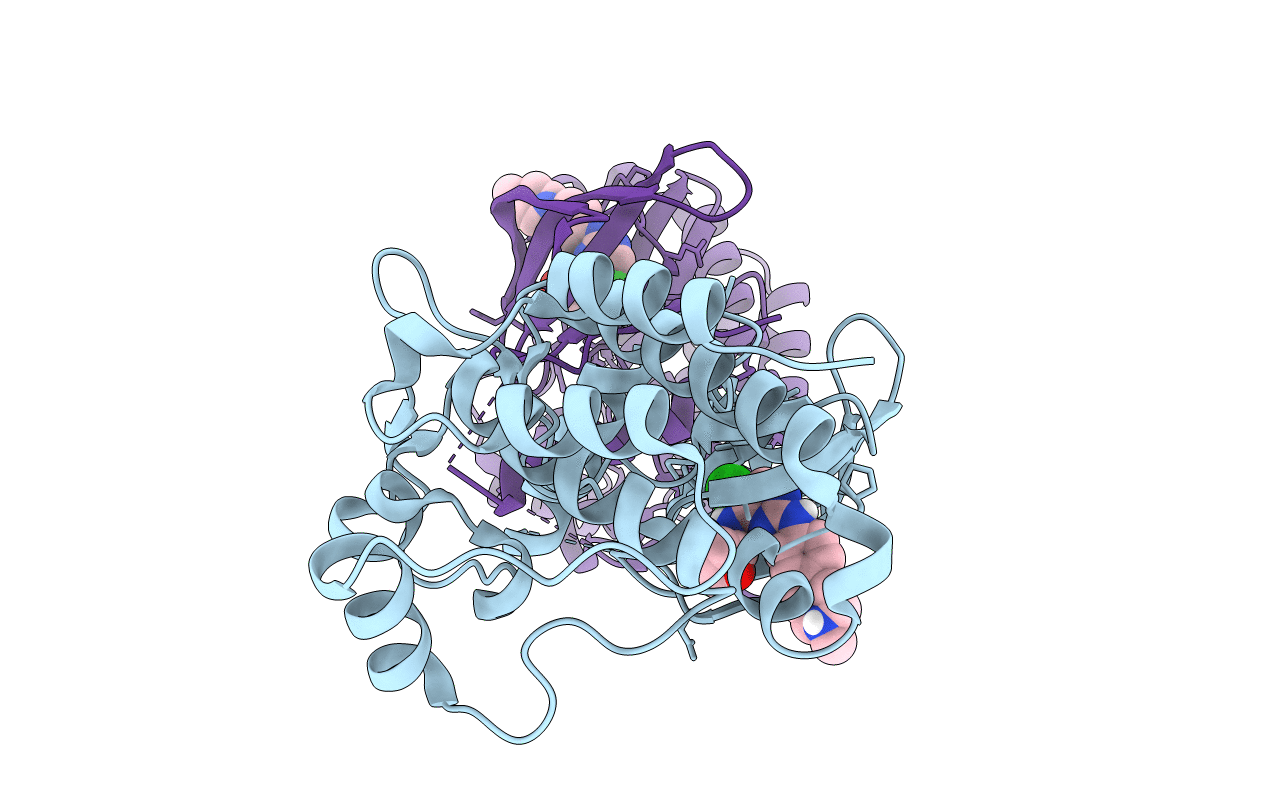
Deposition Date
2020-11-10
Release Date
2022-02-09
Last Version Date
2023-10-25
Entry Detail
PDB ID:
7KP6
Keywords:
Title:
Structure of Ack1 kinase in complex with a selective inhibitor
Biological Source:
Source Organism:
Homo sapiens (Taxon ID: 9606)
Host Organism:
Method Details:
Experimental Method:
Resolution:
1.79 Å
R-Value Free:
0.20
R-Value Work:
0.17
R-Value Observed:
0.17
Space Group:
P 1 21 1


